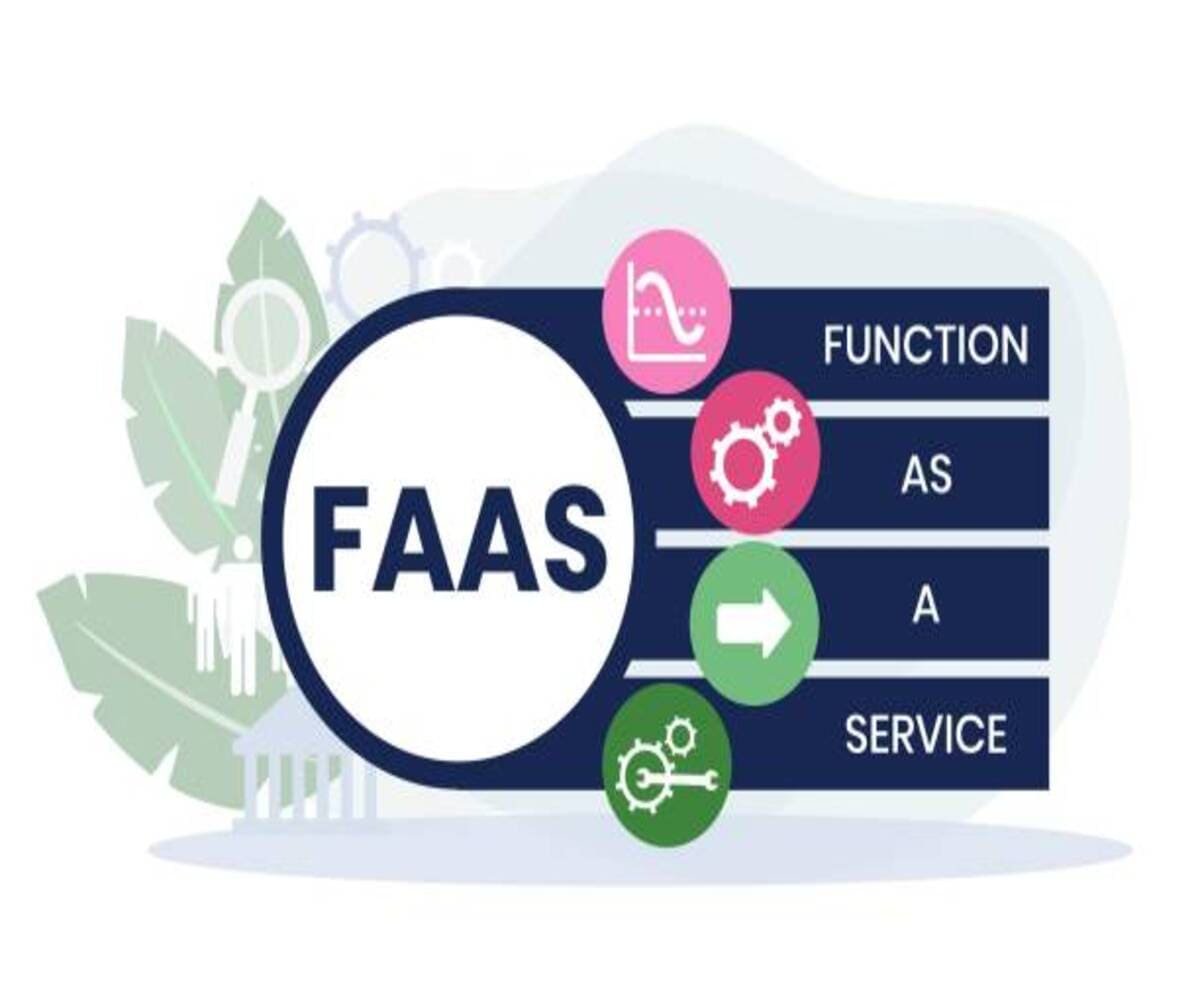Function-as-a-Service (FaaS) is revolutionizing the way developers build and deploy applications in the cloud. As a key component of serverless computing, FaaS enables businesses and developers to focus solely on writing code without the hassle of managing servers or infrastructure. This blog post will explore what FaaS is, how it works, and why it’s gaining popularity in the tech world.
What is Function-as-a-Service (FaaS)?
Function-as-a-Service (FaaS) is a cloud computing model that allows developers to deploy small units of code, known as “functions,” to the cloud. These functions are executed on-demand in response to specific events, such as HTTP requests, file uploads, or database changes. Unlike traditional cloud computing models where you need to manage entire servers, FaaS allows you to run code without worrying about the underlying infrastructure. This serverless architecture is highly scalable and flexible, enabling businesses to optimize resources and reduce costs.
How Does FaaS Work?
In a traditional server-based environment, you need to set up, configure, and maintain servers to run your applications. However, with FaaS, the cloud provider automatically takes care of infrastructure management, scaling, and load balancing.
-
Write Functions: Developers write small, self-contained units of code, usually focused on a single task or event.
-
Deploy to Cloud: These functions are uploaded to a FaaS platform (e.g., AWS Lambda, Google Cloud Functions, Microsoft Azure Functions), where they are stored and ready for execution.
-
Trigger Events: A specific event (e.g., a file upload, a web request, or a database update) triggers the function to run.
-
Execution: Once triggered, the function executes and processes the event, providing the desired output. The cloud provider handles the scaling and ensures resources are allocated dynamically based on demand.
-
Pay-as-you-go: With FaaS, you only pay for the actual time your function runs, making it a cost-effective option for developers.
Key Benefits of FaaS
1. Cost Efficiency
With FaaS, businesses only pay for the exact compute time used, unlike traditional models that charge for server uptime. This pay-per-use model eliminates the need to invest in expensive infrastructure and reduces overhead costs.
2. Scalability
FaaS platforms automatically scale based on the number of incoming requests, ensuring optimal performance during peak traffic times. There is no need to manually scale the system or provision additional resources.
3. Faster Development Cycle
FaaS allows developers to focus on writing code without worrying about managing servers. This leads to faster development and deployment cycles, as developers can quickly iterate on code and push updates with minimal downtime.
4. Increased Productivity
By removing the need to manage infrastructure, developers can work more efficiently and focus on what matters most: writing code. FaaS promotes a microservices architecture, where each function is independent, enabling faster development and easier debugging.
5. Improved Reliability
FaaS platforms often provide built-in redundancy and fault-tolerance, ensuring that applications remain highly available, even in the event of failures or outages.
Popular FaaS Providers
Several major cloud providers offer FaaS solutions that cater to different business needs. Some of the most popular platforms include:
-
AWS Lambda: One of the most widely used FaaS solutions, AWS Lambda allows you to run code without provisioning or managing servers. It integrates with a variety of AWS services, making it an ideal choice for developers already using AWS.
-
Google Cloud Functions: A fully managed FaaS offering from Google, Cloud Functions supports popular programming languages such as Node.js, Python, and Go. It’s known for its ease of use and seamless integration with Google Cloud services.
-
Microsoft Azure Functions: Azure Functions offers event-driven compute solutions that are ideal for building serverless applications on the Microsoft Azure platform. It supports multiple languages and integrates well with other Azure services.
-
IBM Cloud Functions: Based on Apache OpenWhisk, IBM Cloud Functions offers a fully managed, serverless platform for running event-driven applications.
Use Cases for FaaS
FaaS is ideal for a wide range of use cases, including:
- API Backend: Developers can use FaaS to create serverless APIs that scale automatically based on demand.
- Data Processing: Functions can be triggered by data events, such as file uploads or database updates, for real-time processing and transformation.
- Real-time Analytics: FaaS can process incoming data streams for analytics, such as IoT sensor data or social media feeds.
- Automation: Automating tasks such as sending notifications, processing payments, or triggering workflows becomes much easier with FaaS.
Challenges of FaaS
While FaaS offers numerous advantages, there are some challenges that businesses may face:
-
Cold Starts: When a function is called for the first time after a period of inactivity, it can experience a “cold start,” where it takes longer to initialize. This can impact performance for time-sensitive applications.
-
State Management: Since FaaS functions are stateless, developers must implement external solutions for state management, such as databases or object storage.
-
Vendor Lock-in: Different FaaS providers have unique offerings, which may lead to vendor lock-in. Migrating to a different provider can be challenging and costly.
Conclusion
Function-as-a-Service (FaaS) is a powerful component of serverless computing that provides developers with a scalable, cost-effective, and efficient way to deploy applications. With major cloud providers offering robust FaaS solutions, businesses can take advantage of flexible, on-demand computing resources while minimizing infrastructure management. As the demand for serverless technologies grows, FaaS is expected to play a key role in the future of cloud computing.
By embracing FaaS, businesses can streamline their development processes, reduce costs, and improve scalability, making it a valuable tool in today’s fast-paced digital landscape.

